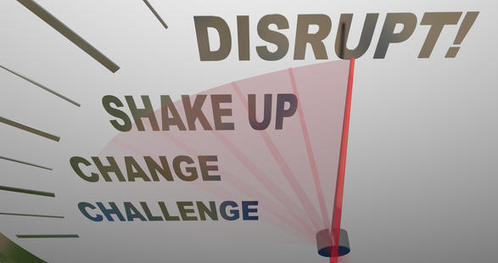
MongoDB is in fifth place on db-engines.com’s list of databases based on popularity. Leading the way is Oracle, followed by the open-source MySQL project, Microsoft SQL Server and PostgreSQL.
Kelly Stirman, vice president of strategy at MongoDB, told me this week at the company’s user conference that of 200 NoSQL databases that exist today, only seven or eight of them have commercial backing. “The database market is a US$30- to $40-billion market, with an oligarchy that has been running that market for decades,” he said, citing Oracle, Microsoft and IBM as the dominant players there. “The puzzle everyone is trying to solve is, how do you penetrate large, mature markets?”
(Related: MongoDB creates BI connector, new tool to create rules, validations)
The answer, said Stirman, lies in open source. “The only way to move the needle is with an open-source strategy. First, get massive adoption. Then, figure out how to monetize it.”
The freemium model has been a good way for companies to build businesses around open-source projects. Offer the community-built software for free, and then offer advanced security, support and tooling as a high-value, commercial edition.
“Nobody’s being funded today if they’re not Software-as-a-Service or open source,” Stirman said. “That’s not a bias, but a belief.”
A SaaS product targeted at small companies can be offered for, say, $50 per server per month, which Stirman said “saves people time and effort and lowers the risk of having to run your own infrastructure.”
This, he said, is how you disrupt a mature market.
In a later conversation with Brad Wright, product manager for Progress DataDirect, he spoke of “disrupting the disruption” by bringing back some SQL-like capabilities into the NoSQL market. (Progress used MongoDB’s event to announce new MongoDB ODBC and JDBC products.)
“MongoDB is not rectangular, so we help customers map between arbitrarily complex JSON schema and rows and tables,” he said. “We sample the data and impose metadata on the collection or collections of MongoDB data.”
So, to turn a song lyric on its head, everything new is old again. Or, at the very least, has to get along with it.






